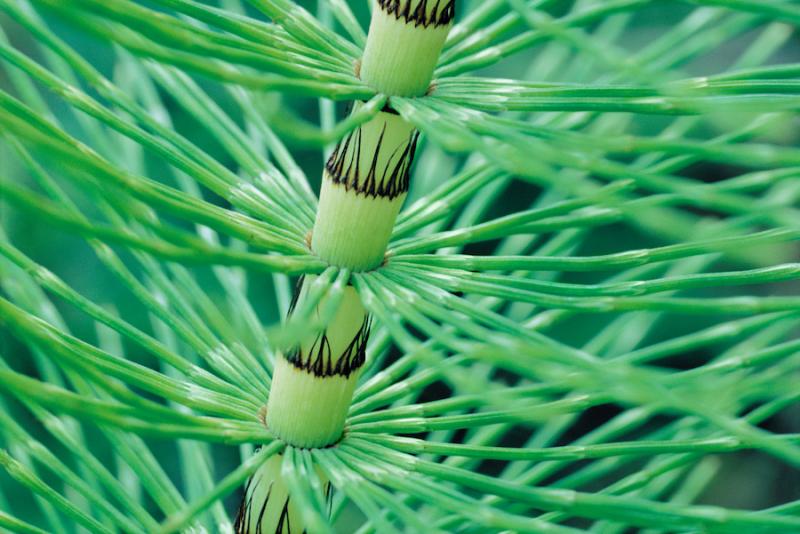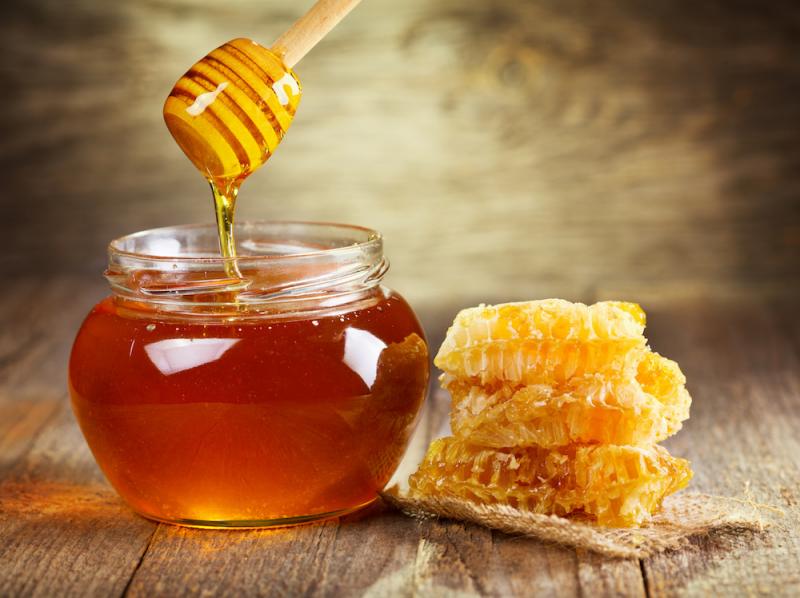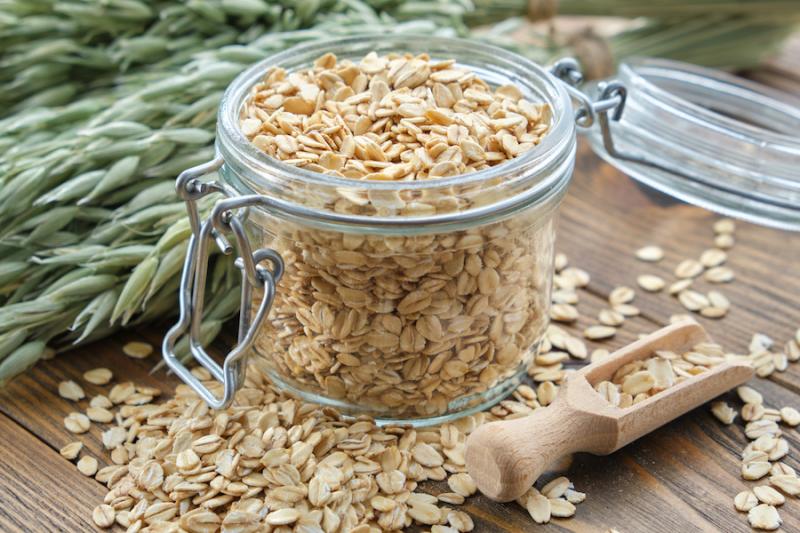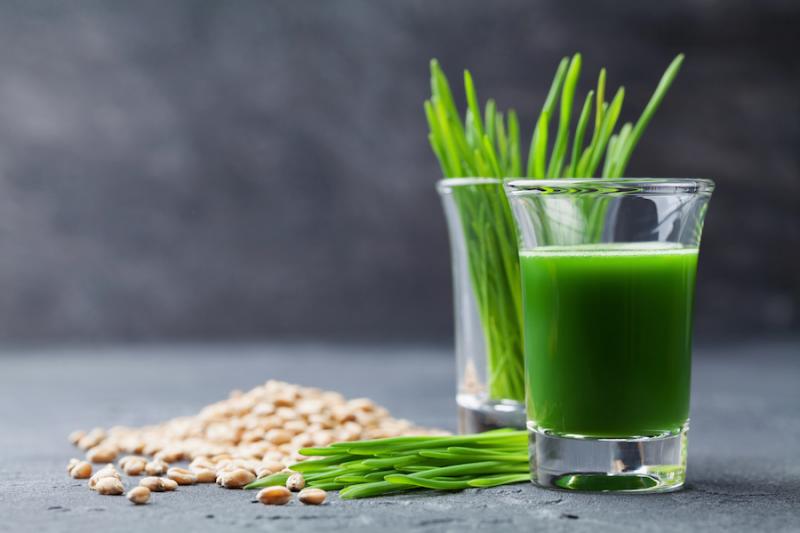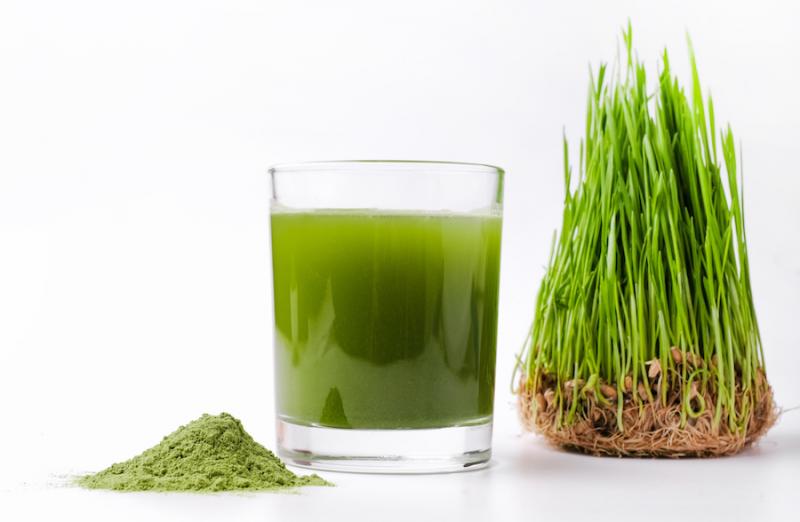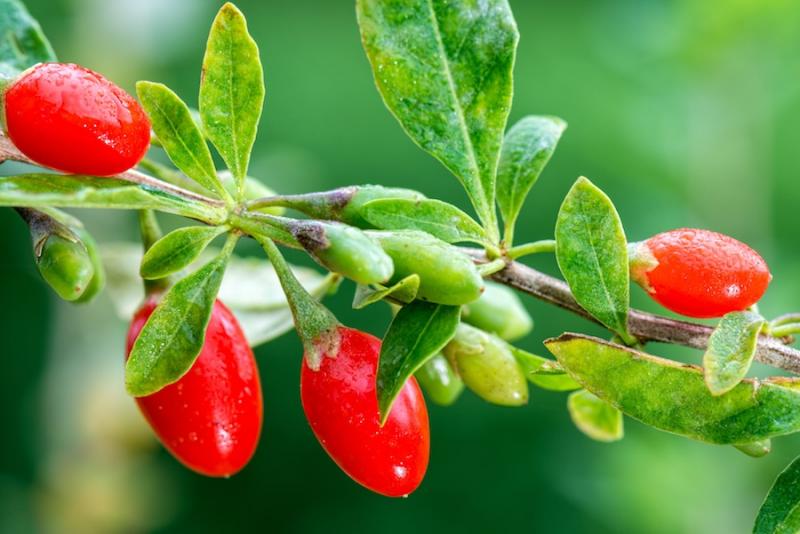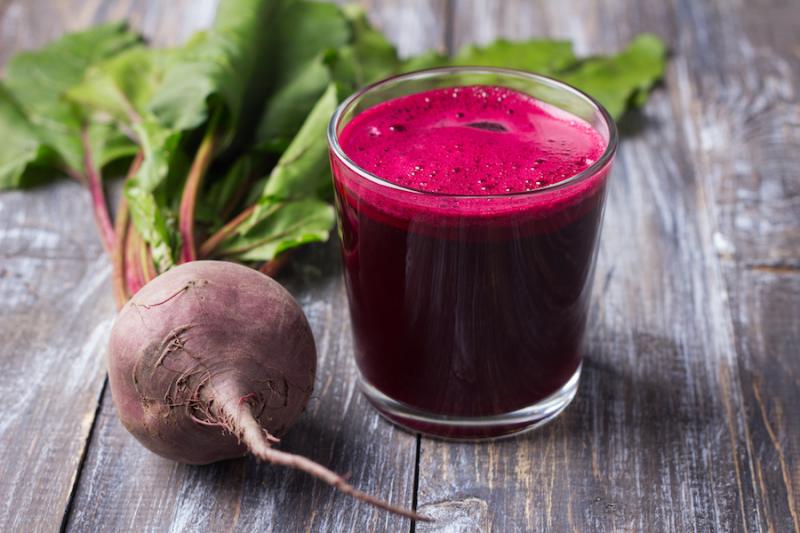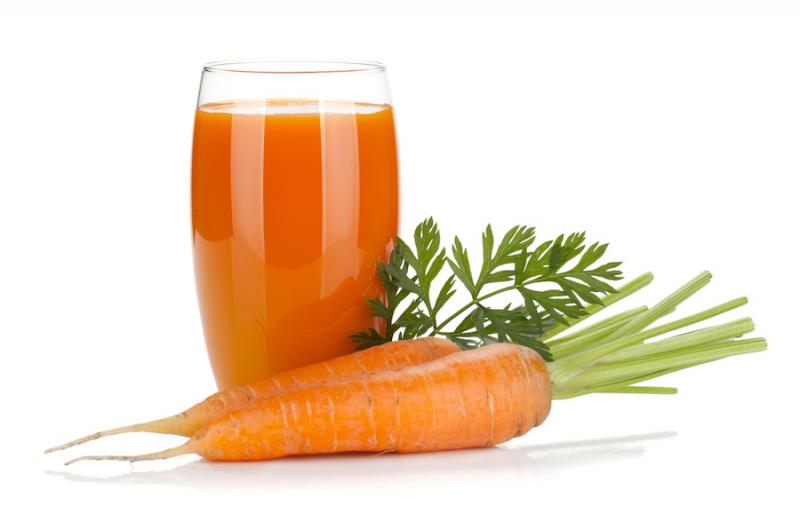- April 12, 2022
Horsetail and Health
Horsetail is one of the first wild plants I knew how to identify. One of its common names is joint grass and I remember how as a child I enjoyed pulling the stem sections apart at the joints and trying to reassemble them like a plant-based jigsaw puzzle. Another common name is scouring rush, and I learned the reason for that moniker as a boy scout. You can actually use the plant like a scouring pad to help clean the dishes. There are two basic varieties you’ll find. The one that gives it the…
- April 5, 2022
Bee Healthy
Bees are amazing creatures, and without them, many of the crops we depend on for food would not grow properly. They also produce three substances that we can use for healing—bee pollen, propolis, and honey. We’ll discuss each of these briefly in this article. Bee PollenAs bees fly from flower to flower collecting nectar to make honey, flower pollen collects on their legs. When this is mixed with enzyme secretions, it forms the golden granules we call bee pollen. In the hive, pollen is used to…
- March 29, 2022
The Value of Oats as Medicine
Along with wheat and barley, oats are another excellent example of a grass that is both a food and a medicine. With a long history of cultivation as a food crop, oats originated in three separate geographic regions, Abyssinia, the Mediterranean and China. Today, oats (Avena sativa) are grown in the U.S., Canada, Russia, Turkey, Iraq, UK, Spain, and Germany.The Oat Type The grain (seed) is harvested and milled to produce oatmeal and oat groats. The oat grain is a highly nutritious whole grain that…
- March 22, 2022
Wheat: The Staff of Life
In these days of gluten-free foods, talking about wheat as healthy food, much less as a healing food, might seem strange to some. However, I think there are ways to use wheat both for health and for healing. Definitely not as white flour and probably not in the form of bread or pasta either. I’ll address why I think these foods have become problematic for many later, but for now, I want to lay a continue the discussion I started in the barley article about grasses as food and medicine. The Miracle…
- March 15, 2022
The Health Benefits of Barley
One of the most popular grasses used for it's health benefits is barley. The seeds (grain), sprouts, and grass have all been used for food and healing.
- March 8, 2022
Brighten Your Eyes and Support Your Liver with Lycium
The ancient Chinese saw a correlation between the liver and the eyes. They recognized that sour tasting herbs tonified the liver qi (energy) and also tended to “brighten the eyes,” that is, to aid vision. The herb I’m writing about today, lycium, also known as goji or wolfberry, is one of these herbs. One possible reason for this connection is that the liver and the eyes are the two parts of the body that require the most antioxidant nutrients. The liver needs antioxidants because it generates…
- March 1, 2022
Beets, Blood, and Circulation
Beets are a great food that are also very healthy. They contain compounds that enhance nitric oxide and methylation. This aids circulation, reduces inflammation, and enhances detoxification.
- February 22, 2022
The Health-Building Uses of Carrots
You are probably familiar with the famous saying of Hippocrates, “Let your food be your medicine and your medicine be your food.” When it comes to herbal medicine, there is no clear line where food ends and medicine begins; they exist on a continuum. On the food end, you get more structural and energy-producing nutrients, (fats, proteins, carbohydrates, and vitamins) and less phytochemicals. As you move to the medicinal side, you get more phytochemicals (e.g. tannins, alkaloids, essential oils)…

